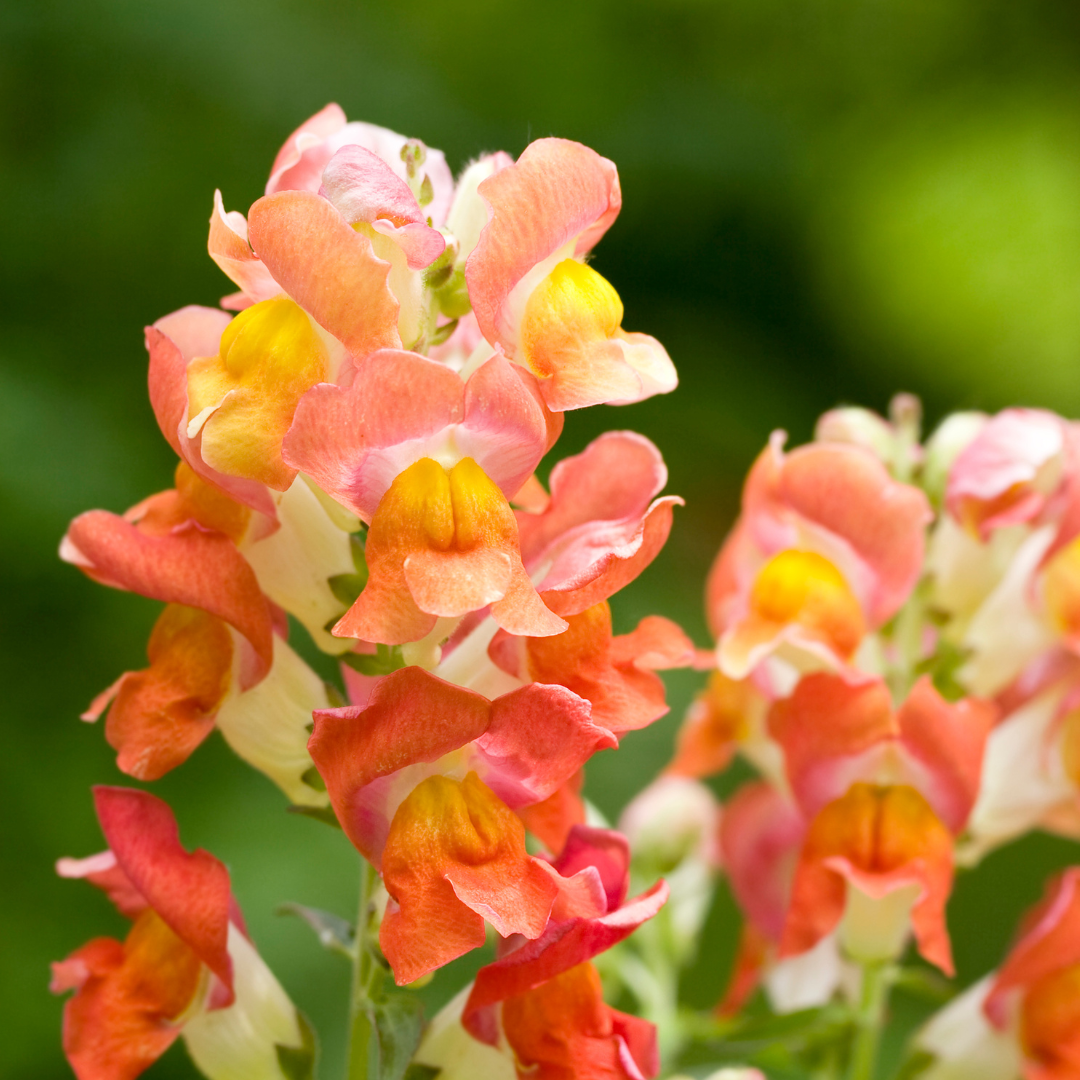From Seedling to Splendor Cultivating Snapdragon in Your Garden
Discover how to grow vibrant Snapdragons with our comprehensive guide. From watering tips to pest management, ensure your snapdragons thrive indoors or in your garden.
Snapdragon in sydney is a popular flowering plant known for its colorful, snapdragon-shaped blooms. Whether you're cultivating them indoors or in your garden, understanding their specific requirements is crucial for ensuring their health and vibrancy. This comprehensive guide covers everything from watering and sunlight to soil preferences and pest management.

Watering Snapdragons prefer moderate watering. Keep the soil consistently moist but not waterlogged. Water deeply when the top inch of soil feels dry to the touch. During hot weather, they may need more frequent watering to maintain moisture levels.
Sunlight Snapdragons thrive in full sun to partial shade. They generally require at least 6 hours of sunlight daily for optimal growth and flowering. In hotter climates, providing some afternoon shade can prevent stress and prolong flowering.
Soil Snapdragons prefer well-drained, fertile soil with a slightly acidic to neutral pH (around 6.0-7.0). Incorporate organic matter such as compost into the soil before planting to improve drainage and nutrient content. Container-grown snapdragons do well in a potting mix formulated for flowering plants.
Fertilizer Use a balanced fertilizer or a formula with slightly higher phosphorus (the middle number in N-P-K ratios, such as 5-10-5) to encourage flowering. Apply fertilizer when planting and again every 4-6 weeks during the growing season. Avoid excessive nitrogen, which can promote lush foliage at the expense of flowers.
Pruning Deadhead spent flowers regularly to promote continuous blooming. Cut back any leggy or overgrown stems to encourage bushy growth and more blooms. Pruning also helps maintain a tidy appearance and prevents disease by improving air circulation around the plant.
Harvest Snapdragon flowers are excellent for cut arrangements. Harvest flowers when about half of the buds on the stalk have opened. Cut stems early in the morning or late in the evening, and immediately place them in water to prolong freshness. Change the water every few days to extend vase life.
Propagation Snapdragons can be propagated from seeds or stem cuttings. For stem cuttings, select healthy, non-flowering stems and trim just below a leaf node. Remove lower leaves, dip the cut end in rooting hormone, and plant in a soilless rooting medium. Keep the medium moist and provide indirect light until roots develop.
Seasonal Care In colder climates, snapdragons are often treated as annuals or biennials. Protect them from frost with row covers or bring containers indoors before freezing temperatures. Regularly remove dead or diseased foliage to prevent fungal infections during wet weather.
Common Problems Watch for common pests like aphids and spider mites, which can be controlled with insecticidal soap or neem oil. Prevent fungal diseases like powdery mildew by avoiding overhead watering and ensuring good air circulation around plants. Treat early signs of disease with fungicides labeled for ornamental plants.
Conclusion:
Creating and maintaining a thriving nursery like Sai Nursery is a rewarding endeavor that requires dedication and knowledge. By focusing on the health and specific needs of each plant variety, from Arabian Jasmine to Snapdragons and beyond, we ensure they flourish in any environment. Our commitment to quality care, expert advice, and a wide selection of plants reflects our passion for helping gardens and indoor spaces thrive with natural beauty. Whether you're a seasoned gardener or just beginning your green journey, Sai Nursery is here to support you every step of the way. Let us help you transform your space into a vibrant oasis of greenery and serenity.
Aloso Read : Jasmine Sambac Care Guide by Sai Nursery
